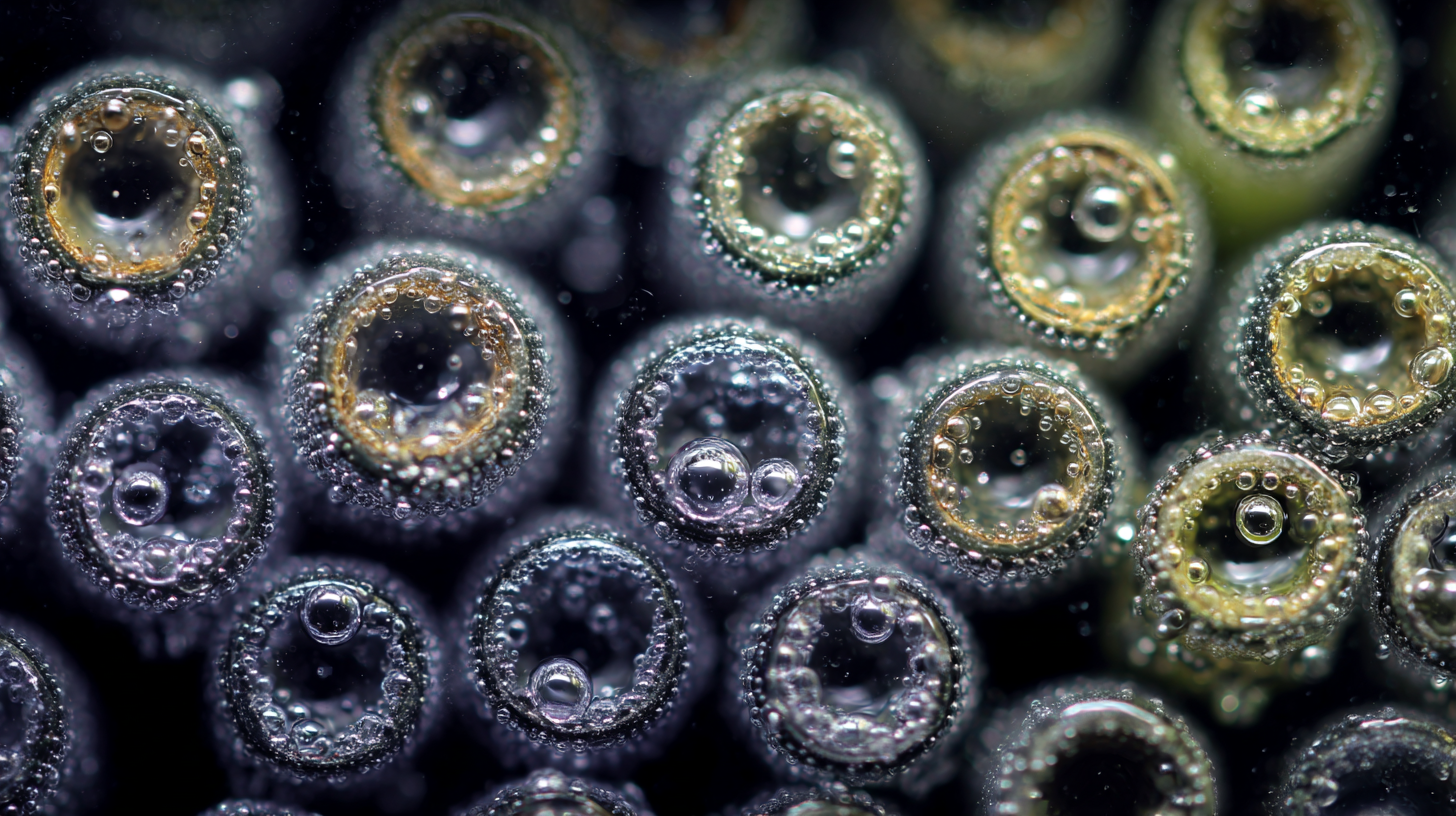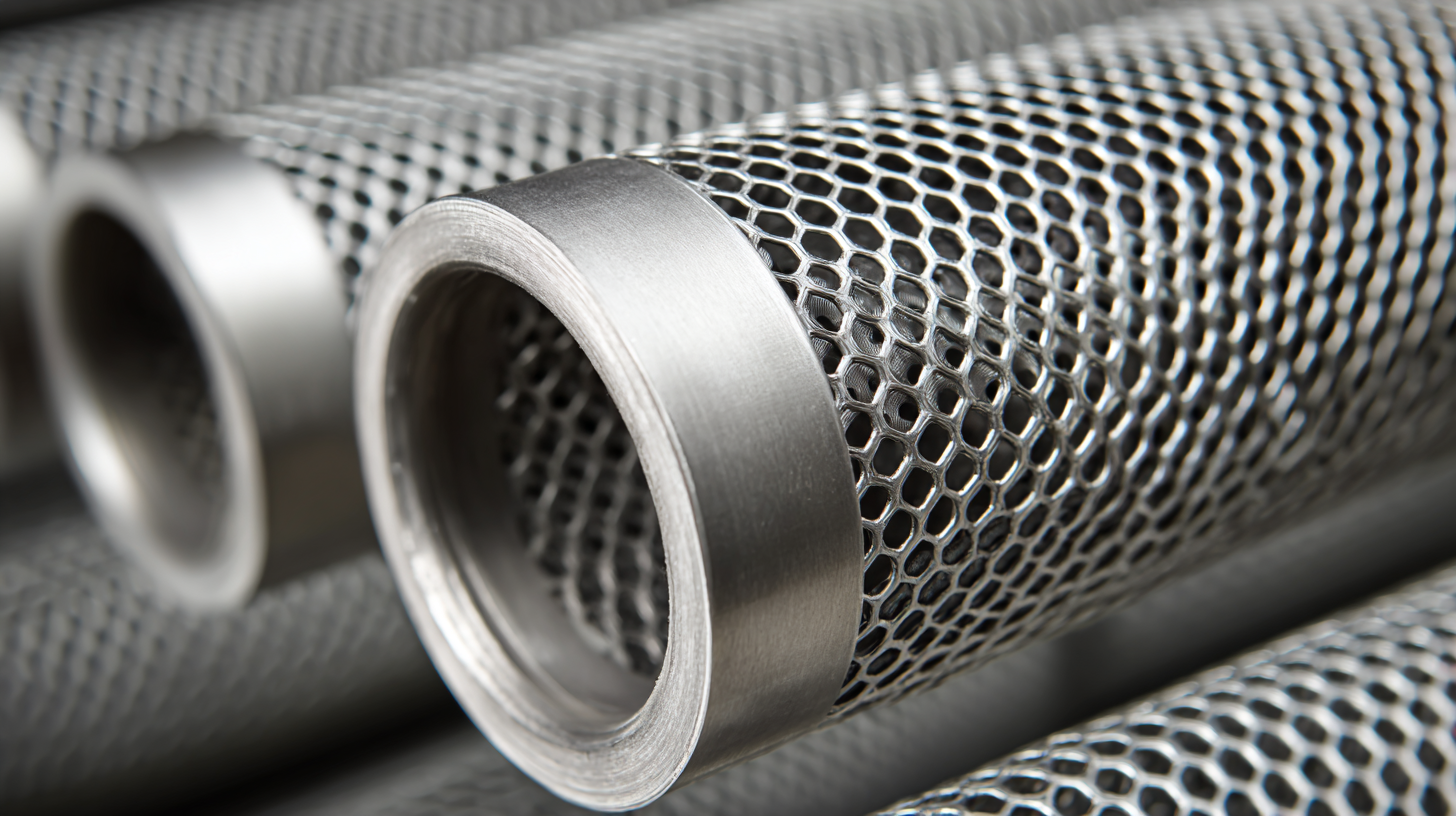Exploring Alternatives to Best Microfiltration Membrane Technology for Enhanced Water Purification
In recent years, the demand for efficient water purification technologies has surged, driven by increasing concerns over global water quality and scarcity. Among these technologies, microfiltration membrane has gained significant attention due to its ability to effectively remove suspended solids, bacteria, and some viruses from water. According to the Global Water Purification Market report by Research and Markets, the microfiltration membrane market alone is projected to reach $7 billion by 2025, reflecting a robust CAGR of 9.2%. However, as the industry evolves, there is a growing interest in exploring alternatives to traditional microfiltration membrane technologies. Innovations in alternative materials and processes could enhance purification efficiency, reduce operational costs, and address the limitations of conventional membranes. This blog will delve into various alternatives to the best microfiltration membrane technology, highlighting their potential impacts on the landscape of water purification and emphasizing China's role as a global leader in manufacturing and exporting these advanced solutions.

Emerging Membrane Materials Beyond Traditional Microfiltration for Water Purification
As the demand for clean water continues to rise, traditional microfiltration membranes face limitations in their effectiveness against emerging contaminants. Recent studies indicate that advanced membrane materials, such as graphene oxide and hypercrosslinked polymers, are stepping into the spotlight due to their enhanced filtration capabilities. For instance, a report by the American Water Works Association highlights that these innovative materials can achieve over 90% rejection rates for micro-pollutants, significantly outperforming conventional microfiltration membranes, which typically offer around 70-80% efficiency.
Moreover, the integration of nanotechnology into membrane fabrication is transforming the landscape of water purification. Nanofibers, known for their high surface area and tailored porosity, are being explored for their ability to remove fine particulates and pathogens more effectively. A recent publication in the Journal of Membrane Science revealed that membranes incorporating nanofibers could provide up to 50% better filtration performance while reducing fouling rates. Such advancements not only enhance purification processes but also promise lower operational costs and improved longevity of membrane systems—critical factors in sustainable water management.

Comparative Analysis of Ultrafiltration and Nanofiltration as Microfiltration Alternatives
In the quest for improved water purification technologies, ultrafiltration (UF) and nanofiltration (NF) stand out as viable alternatives to traditional microfiltration membranes. Ultrafiltration operates at a pore size of approximately 0.01 microns, effectively removing bacteria, viruses, and sizable organic molecules. This process relies on pressure-driven separation, making it cost-effective and efficient for treating wastewater and producing potable water. The UF membranes enhance water clarity and safety, positioning them as a competitive choice for various applications, from municipal water treatment to industrial processes.
On the other hand, nanofiltration, with its smaller pore size of around 0.001 microns, serves as a bridge between ultrafiltration and reverse osmosis. NF is particularly effective in removing divalent ions and larger monovalent ions, making it suitable for applications involving water softening and the removal of specific contaminants. This technology not only maintains beneficial minerals in treated water but also operates at lower energy consumption compared to reverse osmosis systems. Both UF and NF present significant advantages over conventional microfiltration by offering enhanced removal efficiency and versatility, catering to a variety of water purification needs.
The Role of Hybrid Membrane Systems in Enhancing Water Purification Efficiency
Hybrid membrane systems are paving the way for significantly enhanced water purification efficiency by integrating multiple separation techniques. These systems combine the advantages of membrane filtration with adsorption processes to create a robust solution for treating complex wastewater. Recent advancements in hybrid adsorption-membrane technologies highlight their potential for effective greywater reclamation, transforming it into a viable resource for both non-potable and potable applications.
One promising approach is the use of catalytic membranes that mitigate fouling, such as those integrated with copper oxide. This innovation not only improves the longevity and efficiency of the filtration process but also contributes to higher overall water quality. Moreover, hybrid systems that utilize powdered activated carbon in conjunction with ceramic membrane ultrafiltration have demonstrated significant effectiveness in removing contaminants, underscoring the benefits of combining materials and methods for optimal results.
**Tips:** When considering hybrid systems for water treatment, it’s crucial to evaluate the specific characteristics of the wastewater being treated. Tailoring the membrane and adsorption materials to the unique contaminants present can lead to more successful outcomes. Additionally, ongoing research and development in this field suggest that keeping abreast of new technologies can provide opportunities for more efficient and cost-effective water purification solutions.
Water Purification Efficiency of Different Membrane Technologies
Assessing the Impact of Advanced Treatment Technologies on Microbial Removal Rates
The quest for superior water purification methods has led researchers to explore advanced treatment technologies that enhance microbial removal rates. Traditional microfiltration membranes, while effective, often face challenges in eliminating certain pathogens and particulate matter. As we delve into alternatives, technologies like ultrafiltration, nanofiltration, and advanced oxidation processes (AOPs) show promise. These methods can significantly improve the efficacy of microbial removal compared to conventional approaches, addressing the growing concerns about waterborne diseases and contaminants.
Innovative techniques such as membrane bioreactors (MBRs) are revolutionizing the purification landscape by integrating biological treatment with membrane filtration. MBRs not only enhance microbial removal but also improve overall water quality, making it a potent alternative to standard microfiltration systems. Furthermore, the implementation of AOPs, which utilize strong oxidants to degrade pollutants, can lead to increased inactivation rates of microorganisms. By assessing the impact of these advanced technologies, we pave the way for safer, cleaner water, ensuring a healthier future for communities worldwide.
Cost-Benefit Analysis of Next-Generation Membrane Technologies for Water Treatment Applications
The quest for enhanced water purification has led to the development of next-generation membrane technologies, which present viable alternatives to traditional microfiltration systems. A recent report by Grand View Research highlights that the global membrane filtration market is projected to reach USD 45.48 billion by 2025, driven by increasing demand for safe drinking water. These advanced membrane technologies, including reverse osmosis and nanofiltration, offer superior contaminant rejection rates while maintaining operational efficiency.

A cost-benefit analysis reveals that while initial investments in next-generation membranes may be higher compared to conventional microfiltration, the long-term savings are significant. According to a study published by the American Water Works Association, the operational costs for advanced membrane systems can be up to 30% lower due to reduced energy consumption and maintenance requirements. Additionally, the lifespan of advanced membranes has been shown to extend up to 10 years with proper care, providing further economic advantages in water treatment applications. As environmental regulations tighten and water scarcity becomes a pressing issue, exploring these innovative technologies is essential for sustainable water management.